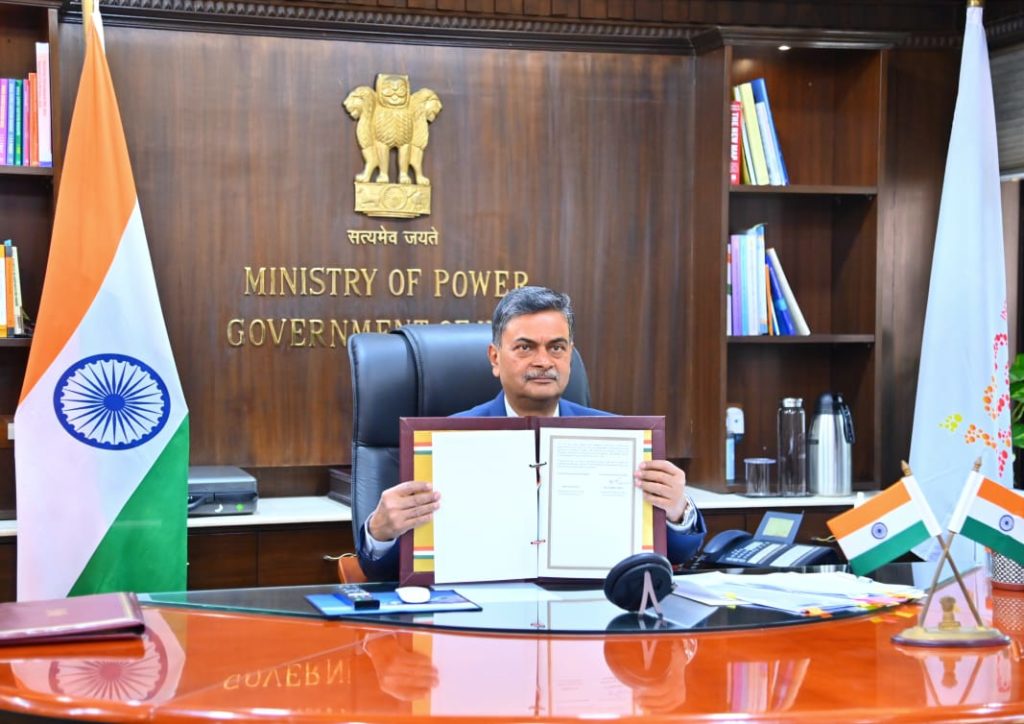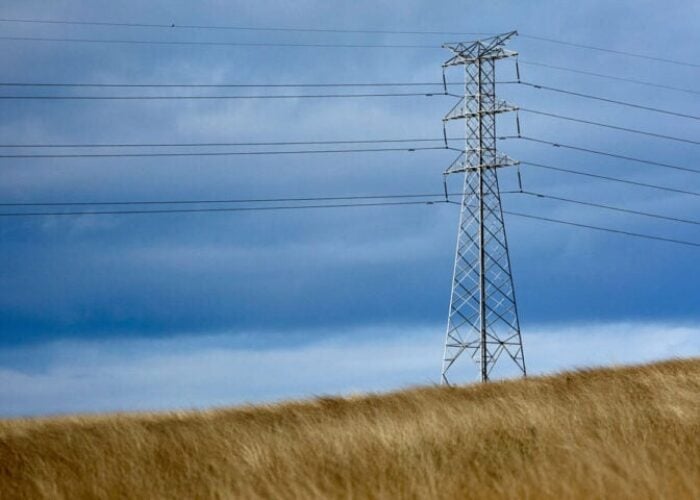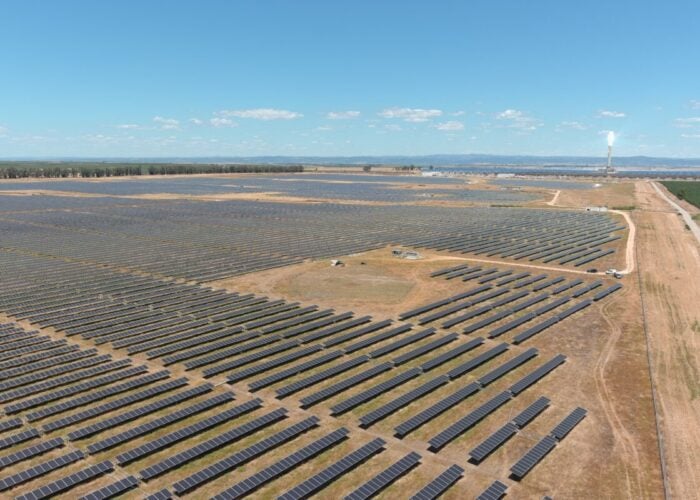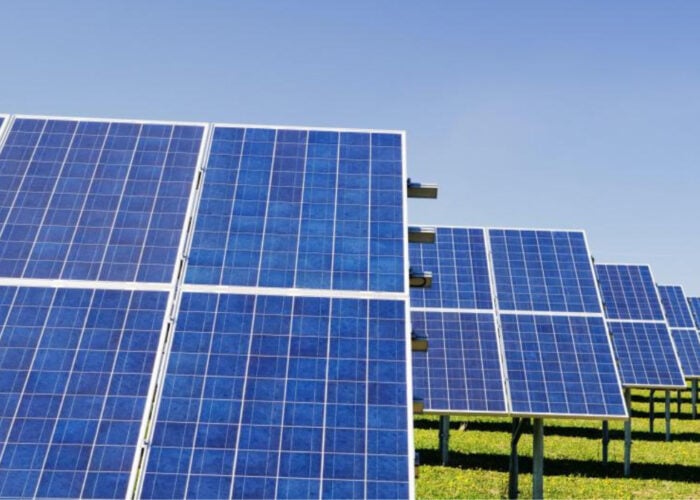
Australia and India have agreed to collaborate on solar manufacturing and deployment, aiming to reduce the cost of solar PV, battery energy storage systems (BESS) and new clean technologies in both countries.
A letter of intent (LOI) was signed between the two countries with the stated aim of scaling-up domestic manufacturing and deployment levels in both regions as well as supporting the development of clean hydrogen and other renewables technologies.
Unlock unlimited access for 12 whole months of distinctive global analysis
Photovoltaics International is now included.
- Regular insight and analysis of the industry’s biggest developments
- In-depth interviews with the industry’s leading figures
- Unlimited digital access to the PV Tech Power journal catalogue
- Unlimited digital access to the Photovoltaics International journal catalogue
- Access to more than 1,000 technical papers
- Discounts on Solar Media’s portfolio of events, in-person and virtual
It was signed during the fourth ‘India-Australia Energy Dialogue’ that was attended by Indian Minister for New and Renewable Energy (MNRE), RK Singh, and Australian Minister for Energy and Emissions Reduction, Angus Taylor.
They agreed on an action plan that includes areas such as energy efficiency technologies, grid management, R&D collaboration on flue gas desulphurisation, biomass or hydrogen co-firing, water cycle optimisation, renewables integration, batteries and electric mobility, according to a MNRE statement.
“This LOI will pave the way for working towards reducing the cost of new and renewable energy technologies and scaling up deployment in order to accelerate global emissions reduction,” it added.
“Collaboration will focus on tangible actions and projects including the manufacture and deployment of ultra low-cost solar and clean hydrogen,” said a statement by the Australian Government.
The MNRE statement, which was far more detailed in its description of the conversation, also noted how the countries would look to collaborate on “coal-based energy security and resource deployment” and investment opportunities in the minerals sector as well as exploring the potential for an LNG partnership.
Ramping up of domestic PV manufacturing has been a key goal of Indian policy recently, with the MNRE open about its desire to reduce the country’s dependence on China amid geopolitical tensions between the world’s two most populous countries.
India’s budget announcement at the start of the month saw a quadrupling of funding for the country’s Production Linked Incentive (PLI) scheme, designed to spur domestic PV manufacturing, and the imposition of a Basic Customs Duty (BCD) of 25% on solar PV cells and 40% on solar PV modules, aimed at making Chinese solar imports less attractive.
While analysts have told PV Tech the BCD would be a “game-changer” for domestic solar manufacturing, helping to ramp-up production in lieu of cheaper Chinese imports, large parts of the solar industry have expressed concern about its impact on deployment and the solar sector more broadly, with the National Solar Energy Federation of India (NSEFI) suggesting up to 10GW of projects could be at risk.







